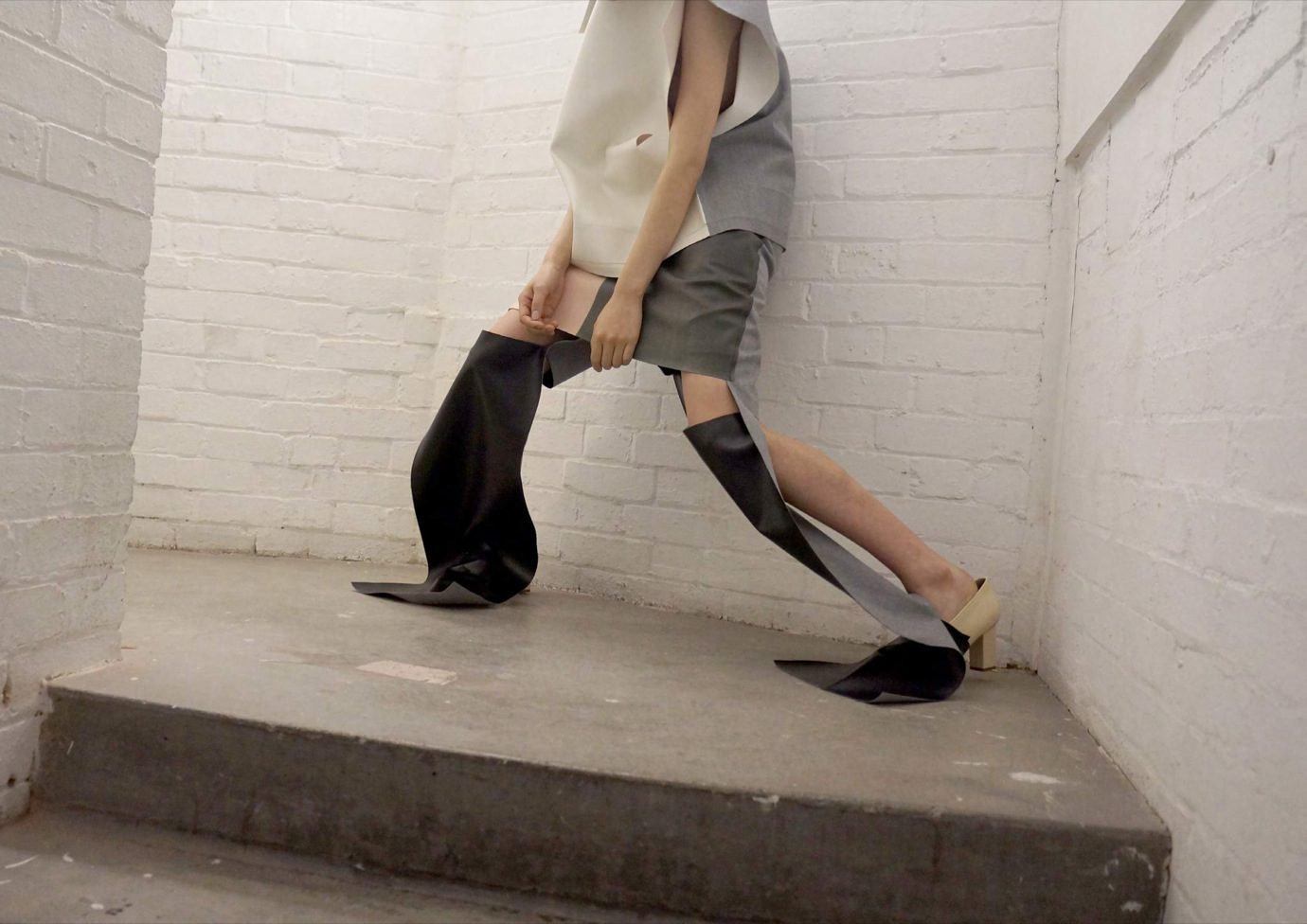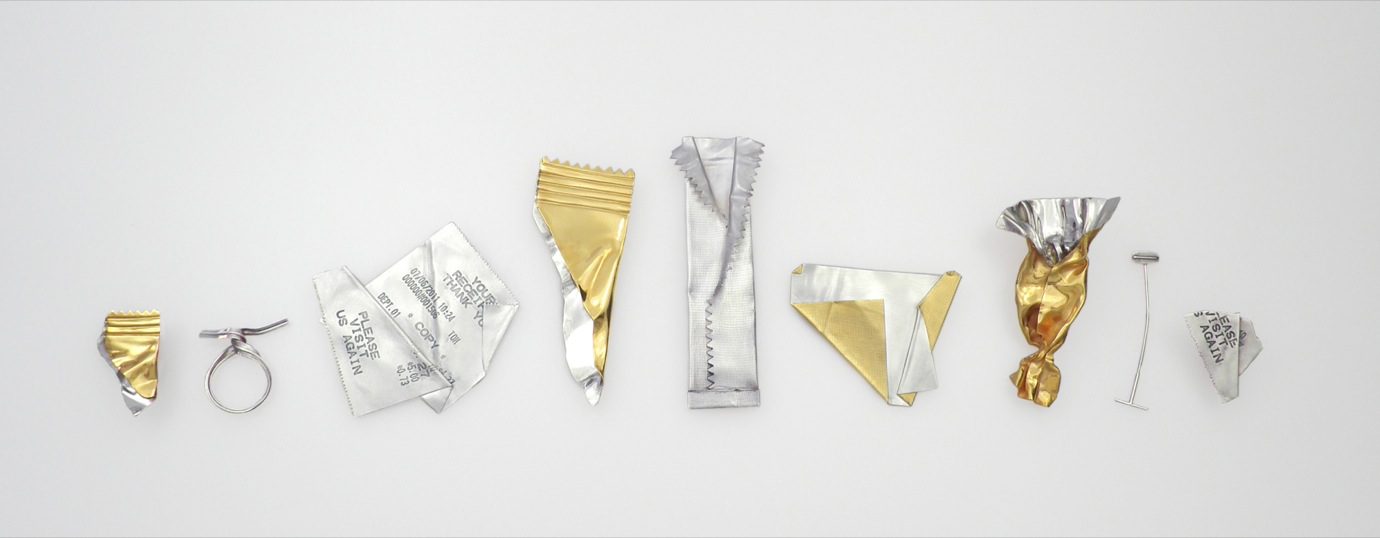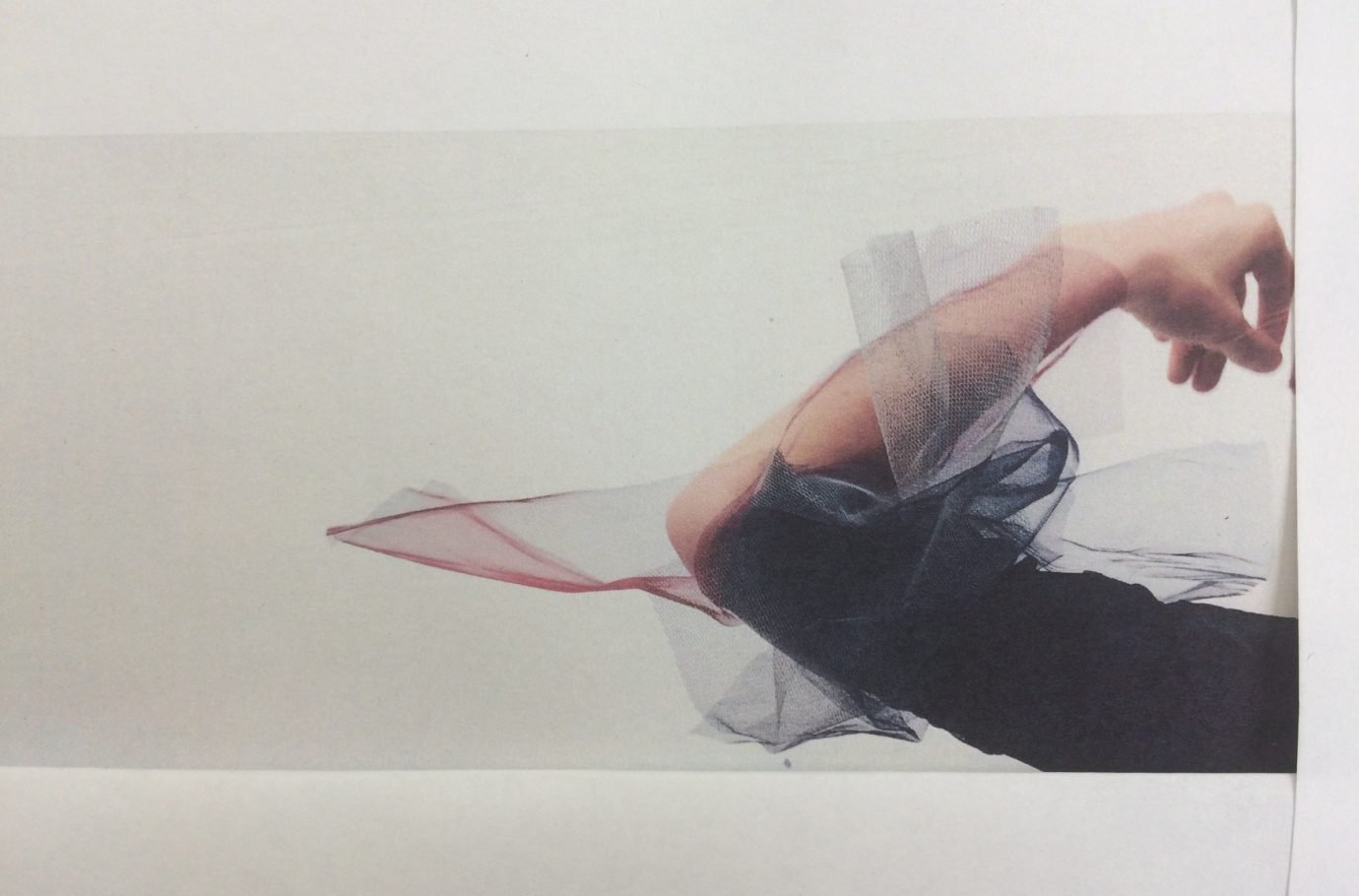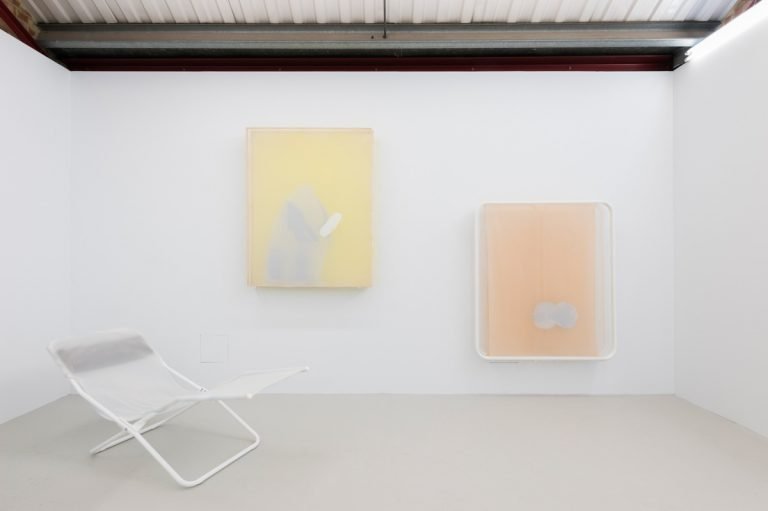Can you tell us a bit about why you’re drawn to fashion, and what are you hoping to achieve as a designer?
Hye Min Kim: I’ve always been fascinated by how fashion gives people the confidence to be themselves or even embody a different persona. I like the idea that through unique silhouettes and shapes, I can create a new me. I want my clothes to have their own entity and that the ones who wear them can style and reinterpret them the way they like. Ultimately it’d be great if I could help walk people through the process of finding who they are.
Tae Choi: Being born and bred in Seoul, where it has one of the most homogenous societies in the world, I’m not much different from this idea people have of East Asian men being quiet and not outgoing. Through fashion, I want to unashamedly and in all modesty celebrate that aspect of myself.
Gisele Zixuan He: Growing up, my grandfather sort of was the pillar of my family. He’s always inherently been a strong patriarchal figure through the way he acted and dressed, too. When I was studying fashion in Shanghai, Tokyo, and then London, I dared to question what it really meant to dress like a man, and portrayed in my collections a more tender version of what has traditionally been seen in menswear. What I found interesting was how clothing is indeed a way of expressing oneself as well as relating to a particular social function such as, say, fatherhood, and yet it’s also a way for someone to hide who they really are.
“I like to think that I make stupid clothes that provide an alternative to what’s commonly worn. I do this as a reaction to the constructed standard society puts on women to have to put on the “right” clothes for the right occasion.” – Feyfey Yufei Liu
Keiga Hua Hui: Before coming to London, I moved to Japan from China to study and the streetwear culture there has always had a big influence on my work. At RCA I wanted to push things forward and break fashion’s traditional means of expression. What I came up with is a digital landscape where people from different communities mix in an aim to, above all, foster cooperation.
Feyfey Yufei Liu: Fashion is just like wearable art, really. I like to think that I make stupid clothes that provide an alternative to what’s commonly worn. I do this as a reaction to the constructed standard society puts on women to have to put on the “right” clothes for the right occasion. Although we’re brought up to seek for something that fits us perfectly well, or, rather, doesn’t shock others and blend in, the opposite, the ridiculous actually is a valid, empowering option.


























































